I cannot put enough stress on the importance of the following statement: a human being can become better at literally anything through exposure to the activity (read training). I have underlined this concept before, in several articles (Movement and Cognition, Skill acquisition, Nature vs Nurture). Our adaptive capacity is remarkable and our ability to acquire new skills is a true miracle of nature and one of the most beautiful displays of its complexity.
Motor learning is a feature for any organism that possess a nervous system, even at the most primitive level. For a long time the specimen used for researching the behavior of synaptic connections was a squid, whose giant axons allowed researchers to witness processes in real time without costly equipment. Even in a nervous system as simple as in this particular species, some amount of learning could take place. In the animal kingdom, though, the capacity of adaptation to specific stimuli does not come close to what human beings can do. All technological advances, science, art, everything we developed as a civilization, are basically due to our ability to learn, adapt and collect knowledge (and food surplus, but that is a totally different story).
Learning is usually defined as a permanent change in behavior, as an outcome of practice. This emphasises the end result but ignores the process of learning. In my opinion, this is erroneous, because the latter can have more value than the result itself.
Any process of acquiring a new skill or knowledge can be divided into what we call implicit and explicit learning. Implicit learning - meaning that the learner has no awareness of the learned material - happens automatically with no conscious endeavor to learn material. (Look article on Behavior where I expand on this topic) Explicit learning refers to a deliberate and conscious attempt to master material. Or in other words: one refers to learning as a result of self-organization and the other to learning as a result of exercise. While the first type of learning, in some cases, can become a problem and create a rigidity of behavior that the subject is not even conscious about, the second one opens up an immense opportunity to expand the capacity of problem solving and broaden the skill set of an individual. The last, indisputably, results in nothing but a positive change in the quality of one’s life.
Explicit motor learning, in order to be the most efficient in its effect, should follow several rules (Mulder & Hochstenbach, in press):
1. Input (information) - the first and main requisite for leaning to happen;
2. Variability of the input (See article on variability);
3. Input must be meaningful;
4. Training must be related to the application (principle of equivalent situations).
The repetitiveness of the input is an important requirement for structural changes to take place, but it is also important to understand that absolutely identical repetitive inputs do not allow the system to distill information from them – this is why variability is such an important part of successful learning. However, it is also important to note that variation is not identical to a random input. If the input is chaotic, no structure can be extracted from it and no learning takes place. Random input, in fact, is the worst thing for a learning system. (Spitzer, 1999, also Ritter & Schulten, 1986; Singer, 1986). It is also important to say that movement has a unique property of being variable in its very essence – no input in and out of the motor system is ever absolutely identical. That is why a movement perspective opens such a wide field for learning opportunities in any domain of human life.
Understanding the process of motor adaptation, learning and re-learning of new patterns is very important for many reasons. Learning, adaptation, and recovery are in fact related processes, thus they have wide applications in the field of rehabilitation from injuries of all kinds, including ones caused by degeneration and lesions of the nervous system. Modern rehabilitation centers are slowly but surely starting to change the way they approach the treatment of patients with those conditions that were believed to be irreversible before.
Even though there is much more to learn, we have gone a long way in our understanding of the physiology of the human body and in particular of the importance of the role of the nervous system in the way that we adapt to our environment and acquire new skills. The perspective with which we are now starting to look at the human body and its capacities is shifting us to a very exciting era that will allow for amazing things to take place, both in the domain of relieving unnecessary human suffering and that of living a more meaningful life.

